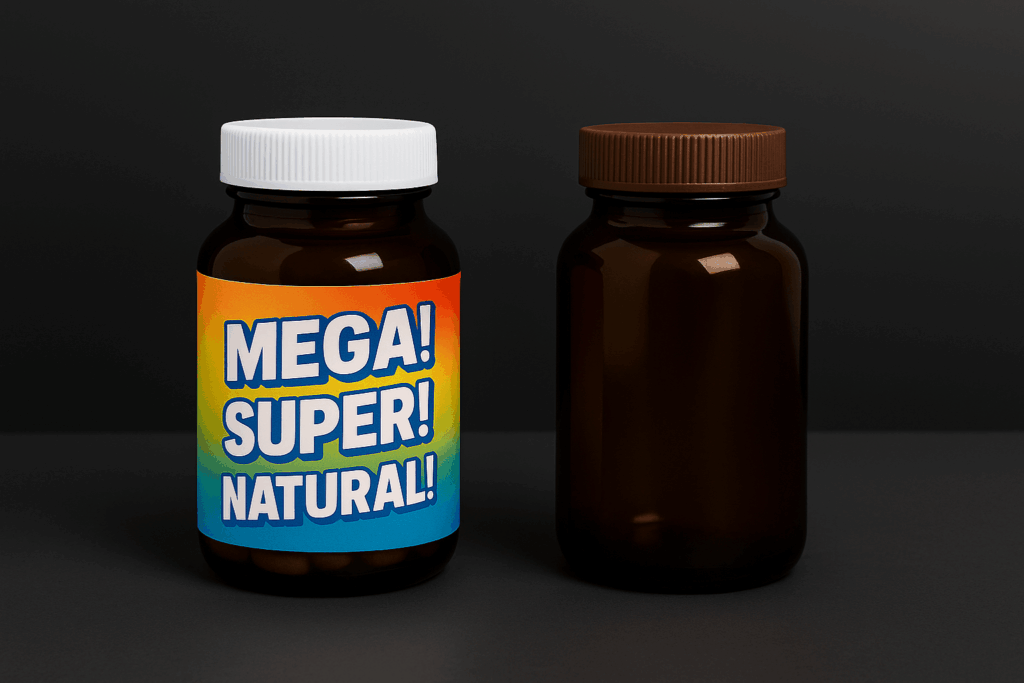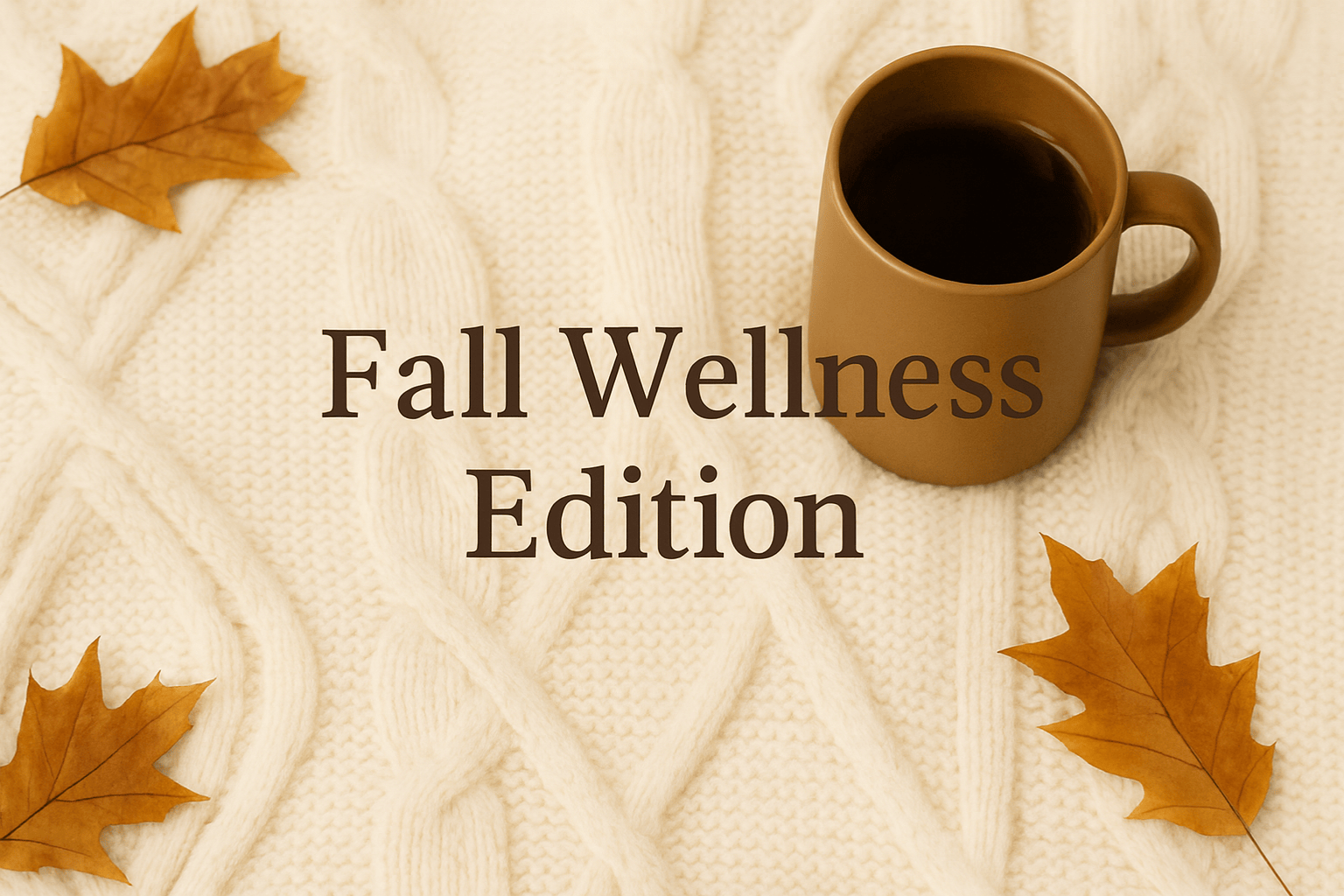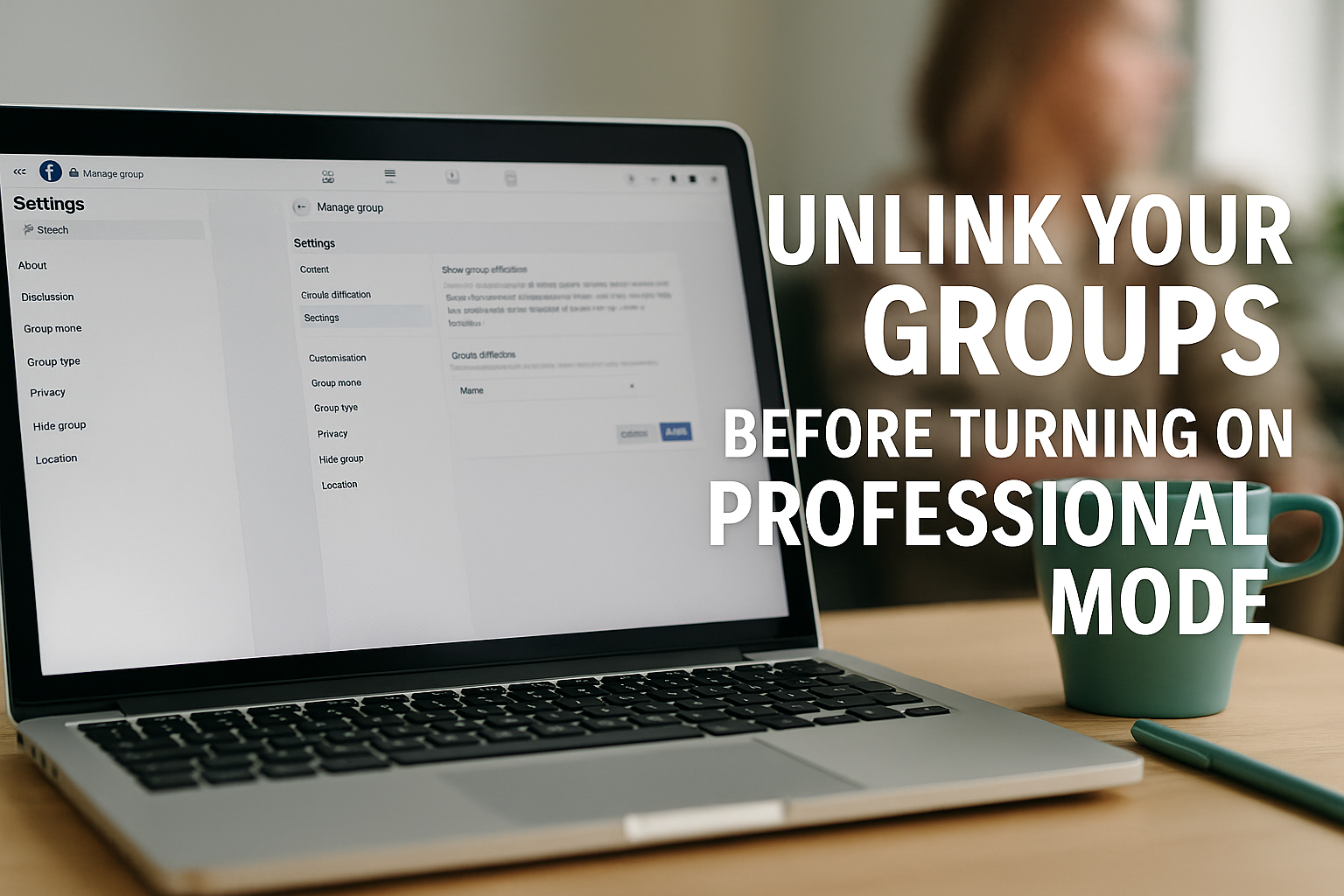Multivitamin Labels Are Meant to Mislead You
Category: Healthy Nutrition

A straightforward guide on how to choose a multivitamin that’s actually worth it. Covers what to look for on labels, balance of nutrients, buzzwords to ignore, and why proof of quality and testing matter most.
Most multivitamin labels are designed to confuse you, not help you.
Walk into any store or scroll online, and you’ll see shelves full of multivitamins. Every company claims theirs is “the best.” The problem is, a lot of those claims don’t mean much. Some are just plain misleading.
What you want is simple: a multivitamin that covers the basics, doesn’t cut corners, and is actually tested for safety and effectiveness. That’s it. But finding one isn’t always easy.
If you’ve ever wondered whether supplements are even necessary in the first place, I wrote about that in this post.
Here are 6 things to look for (and a few tricks companies use that you can ignore).
1. Look At The Label First
how to read supplement labels
The first place to start is the nutrition label. A solid multivitamin should cover all 24 essential vitamins and minerals (23 if you’re a man or past menopause and don’t need iron). Count them. If something is missing, that company cut corners.
Some will brag about extra “super” ingredients that don’t even have a daily value listed. Ignore that. If it doesn’t have an established role in human nutrition, it’s usually just there for show.
2. Balance Matters
nutrient balance in multivitamins
Too much of one nutrient can block another. Zinc and copper are a good example—they compete for absorption, so you don’t want one sky-high and the other missing.
The same goes for B vitamins. They should be in the same ballpark, not one at 50% and another at 1,000%. If you see that kind of imbalance, that’s not “advanced formulation”—that’s a cheap product trying to look impressive.
For minerals like calcium and magnesium, you won’t always see 100% of the daily value because they take up a lot of space. But you still want at least 30–50% so you’re not left short.
3. Don’t Get Pulled In By “Better” Forms
supplement ingredient forms
Companies love to say their form of a vitamin is more “natural” or “absorbed better.” Most of that is just noise. For example, regular folic acid, B12, and B6 have been used in research for decades. They’re safe. They work.
The more important question isn’t how fast something gets into your bloodstream—it’s whether your body can actually use it where it needs to. Unless a company has solid clinical studies on their product showing better results, don’t buy the hype.
4. Don’t Get Distracted By Buzz Words
marketing buzzwords in supplements
Labels that say natural, organic, non-GMO, food-based are designed to make you feel better about buying. The truth:
- “Natural” isn’t even defined. Anyone can use it.
- “Organic” doesn’t guarantee purity. Crops can still absorb toxins from the soil or water.
- “Non-GMO” doesn’t matter with vitamins and minerals. They don’t contain genetic material.
- “Made from food” is impossible in a little pill. You’d need bowls of spinach or nuts just to cover a couple nutrients.
Don’t get fooled by labels. What matters is testing and proof.
Don’t choose a multivitamin because the label sounds good. Choose it because the company can prove it’s safe, balanced, and effective.
5. Don’t Fall For Scare Tactics
supplement scare tactics
You’ll also see claims that “other brands use unsafe ingredients.” Most of the time, that’s not true. A lot of the fear comes from bloggers or influencers who started out warning about real problems—like artificial colors or preservatives—but then had to keep upping the drama to grow their audience.
Are there unsafe supplements out there? Yes. But what makes them unsafe is poor testing, not necessarily the ingredient itself. A company that invests in quality control isn’t going to sell you something harmful. That’s where you should focus.
6. Look For Proof
proof of supplement quality
This is the big one. If a company says their product is pure, ask how many times it’s tested. If they say it works, ask for studies that prove it:
- Done on people (not just animals or petri dishes)
- Published in peer-reviewed journals
- Using their product, not research borrowed from somewhere else
If they can’t show you that? Move on.
Bottom Line
how to choose a quality multivitamin
Choosing a multivitamin shouldn’t be complicated, but companies make it that way. Here’s what to remember:
- A good one covers all 24 essential nutrients.
- The amounts are balanced, not all over the map.
- Fancy ingredient names and buzz words don’t make it better.
- Fear tactics are a red flag.
- Proof—actual testing and clinical research—is what matters most.
Keep it that simple, and you won’t waste your money on flashy labels or empty claims.
When you’re ready to put this into practice without feeling overwhelmed, here’s where to start: How to Start a Supplement Program.
Hi, I’m Bonnie. I’m a cancer survivor and special-needs mom who spent years juggling medical appointments, homeschooling, and trying to stay upright. Now I share practical, faith-rooted wellness tools for women worn thin by stress, caregiving, or hard seasons. Most days, I’m still figuring it out—with a mug of coffee in hand.



Facebook Comments